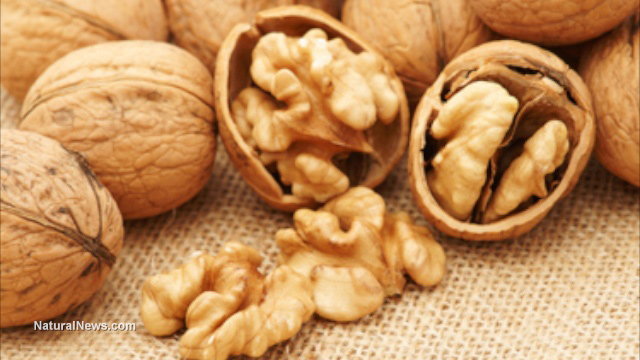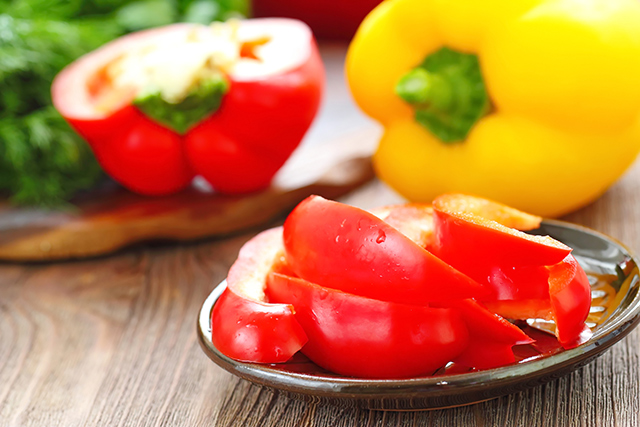5 ways apple cider vinegar can help give you healthy hair
03/17/2019 / By Amy Goodrich

Apple cider vinegar, or ACV for short, is one of those amazing healing foods that has lived up to its healthy reputation for centuries. It is so much more than just a salad dressing.
Harsh, chemical-laden shampoos and conditioners often contain sulfates and parabens. Although these chemicals are great at cleaning your hair, they can do more harm than good, stripping your hair of their natural oils, leaving it dry or looking dull.
Furthermore, some of these chemicals fade the color of your hair, have been linked to cancer, and stimulate oil production – which causes greasy hair. Although the connection with cancer remains unconfirmed, it’s better to be safe than sorry! Especially when you know there are better and cheaper all-natural alternatives available.
No matter what hair type you have, rinsing your hair with ACV will give your locks the love they deserve.
Five reasons to wash your hair with apple cider vinegar
- Prevents itchy, dry scalp and dandruff — ACV has anti-inflammatory, antifungal and antibacterial properties. Dandruff is caused by a fungus. The acidity of the ACV helps to change the pH of your scalp, making it harder for fungi and yeast to thrive and soothes an itchy scalp.
- Makes hair shiny — The acidic properties of ACV cause the hair cuticle to close, locking moisture into the hair. This results in smoother hair. A simple vinegar rinse works as a natural conditioner to prevent frizz, enhance shine, and resolve dry hair.
- Detangles your hair — Next to giving a natural shine to your hair, smoothened hair cuticles make it easier for knots and tangles to slip out, allowing the brush to move more easily through your hair. (Related: Apple cider vinegar benefits hair, skin and teeth.)
- Cleans product residues and buildup — The alpha-hydroxy acid in ACV gently exfoliates your scalp and hair. Most store-bought shampoos and conditioners leave residues in the hair making it flat, dull, and lifeless. Rinsing your hair with ACV removes all dead skin cells and shampoo residues for the best-looking locks.
- Stimulates hair growth — If you are losing a lot of hair, an ACV rinse may save your day. It is believed that ACV stimulates hair roots and improves blood circulation to the hair follicles, which promotes hair growth and prevents hair loss from breakage.
Caution
Before you start using ACV on a regular basis, a small word of caution. While ACV may seem the perfect cure-all for your hair, not all that glitters is gold. Most shampoos and conditioners contain moisturizing oils, which is not the case with an ACV rinse. Therefore, Health Ambition recommends using a monthly DIY hair treatment made from coconut oil or other natural moisturizing oils.
How to use apple cider vinegar
Combine one cup of water with two to four tablespoons apple cider vinegar. Some sources recommend mixing one part of apple cider vinegar with one part water. However, if you are using apple cider vinegar for the first time, start with a low concentration to see how it goes.
After you shampooed and thoroughly rinsed your hair, slowly pour the mixture over your hair. Be careful not to get any in your eyes. Gently massage the mixture into your hair. After two minutes rinse thoroughly with water.
If you are using an ACV rinse to treat dandruff, Dr. Oz’s website recommends mixing a quarter cup apple cider vinegar with a quarter cup water. Apply to your scalp and wrap your head in a towel, leaving it on for 15 minutes to one hour. Rinse thoroughly and repeat twice a week.
Sources include:
Tagged Under:



















